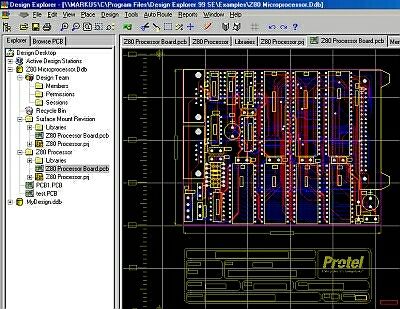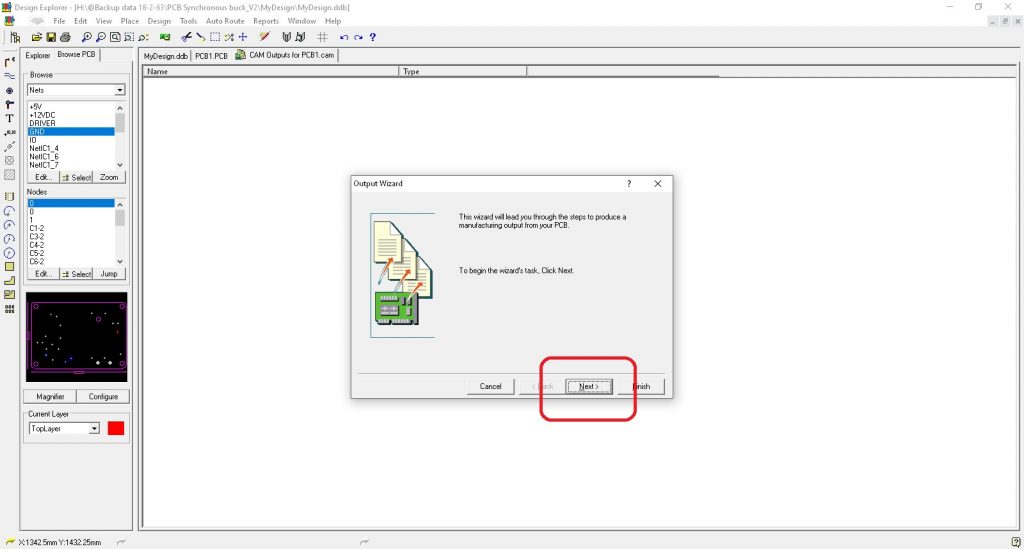

The first step using Pcbnew in a new project is importing the netlist from your earlier work in Eeschema.Ĭlick the "Read netlist" button to bring in your earlier work - it should be selected by default. So, don't get too caught up on one system or another - it's very easy to switch the grid as desired. You'll find some parts fit nicely on mm grids, and some fit nicely on inch grids. Things get especially fun with SMT package sizing eg 0603 Metric is equivalent to 0201 Imperial, about a third the size of the more common 0603 Imperial. PCBs dimensions are often discussed in mils, which is prounounced "terrible unit".Ī mil is \(\frac\), not a millimeter. Different colours mostly represent different layers in the "stack up", but a few are intended to help with design or assembly.These are connections that need to be made. Thin white lines are the "Rat's nest".It takes a netlist from Eeschema and footprint information from the library, and helps you lay out a PCB. Pcbnew is the program where we do the actual circuit board layout. Once all the parts on your board are associated with footprints, click the "save" button and go back to Eeschema to export the netlist.ĭefault settings should be fine for Pcbnew. Run the CvPcb tool with the button at the top:ĬvPcb shows three panes - the left pane is a list of parts libraries, the middle is the parts in your schematic, and the right is a list of parts that have passed through the current set of filters.įilters are enabled/disabled using the buttons at the top.Īssociate parts by highlighting your part in the middle, then double clicking the footprint on the right. Next, we need to associate the parts on the schematic with footprints for the PCB Layout tool. Once the diagram has all required parts, "Annotate" it to change reference designators from C? to C123. Make sure a net has name "VCC" to provide power to these.

Some parts have pins that are hidden by default - see the "Show hidden pins" button on the left. General workflow is to move cursor to start of wire, press 'w' key, draw wire, pressing 'w' to add corners, then click a node or press 'k' to end the wire. Wires can be connected to other wires (filled green circles) or unconnected pins (square/circle outlines). g - Grab object (moves connections, tab for groups?).a - Add component (defaults to last used).UI involves using keyboard + mouse, you'll want to learn some of the keyboard shortcuts. The netlist is required for PCB layout, or can be used for running simulations in SPICE.

What is "schematic capture"? It's all about drawing the schematic (aka circuit diagram), which produces the netlist and BOM. KiCad is designed around working on one project at a time, each PCB project is kept in it's own directory.


 0 kommentar(er)
0 kommentar(er)
